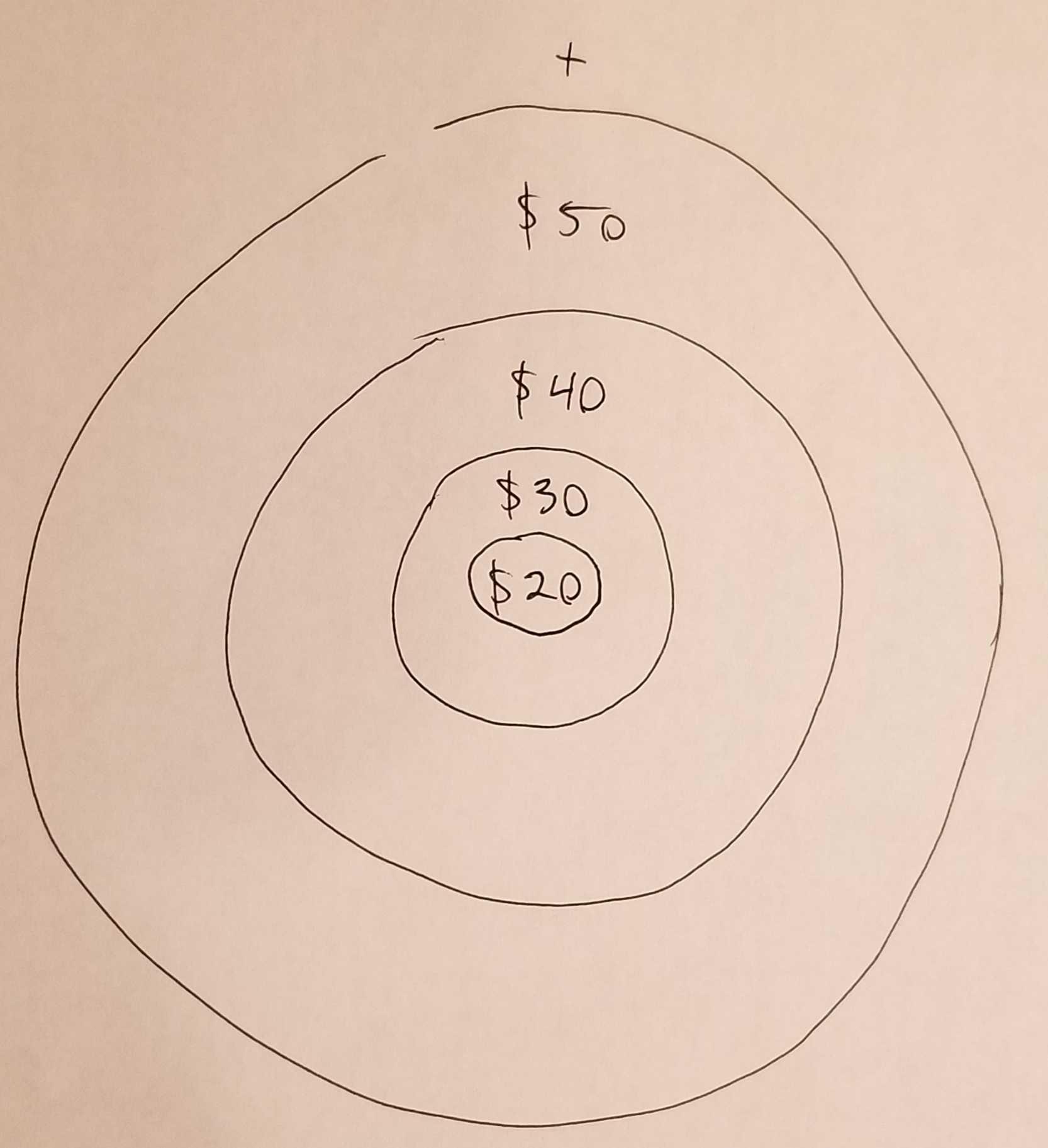Getting leads from Home Advisor and Angie’s List is okay if you’re just getting started.
Or maybe you’re trying to keep your techs busy.
If you don’t have another reliable way to fill those slots, you’ve exhausted your other resources, and getting those types of leads is the only thing that’s left, I can see where that’s justifiable.
It’s certainly better than doing nothing.
I’m not condemning Angie’s List and Home Advisor leads. They have their place in the industry.
But the problem is when Home Advisor becomes the benchmark for how you evaluate your other marketing channels.
Because when you examine their model more closely, you realize that a $20 lead that has been shopped around is really more like a $60 lead or an $80 lead.
It looks like a good deal on paper, but it’s deceptive.
If you evaluate all your marketing through the “cost per lead” model, you’re going to make some really stupid business decisions.
It’s misleading at best, damaging at worst.
Here are 5 reasons why focusing on cost per lead is the wrong way to measure your marketing:
Reason #1: Not all leads are created equal.
The problem with the cost per lead logic is that we’re assuming all leads are created equal.
You and I both know that you can get a lead for $20, but if they’re in a low-income neighborhood and they have an 18-year-old stove, you will end up losing money.
But you can spend $70 on a lead in a high-income neighborhood with a Sub Zero refrigerator, and end up making $600 on the call.
Would you rather have the $20 lead or the $70 lead?
Reason #2: Consider the lifetime value of the customer.
The smartest appliance repair owners I know are always willing to pay more than $20 for a lead because they know the lifetime value of their customers.
They know their customers are going to leave 5-star reviews and refer their friends and family members.
They know they’re going to come back, year after year.
Their goal isn’t cutting costs. Their goal is to dominate the market.
They want the $20, $30, $40, $50 and $60 leads.
And guess what?
They might pay $50 to get a lead in the door, but the 5-star review, referrals, and repeat business are all free.
Pretty soon that $50 lead is looking really good.
But you have to get them in the door first – and that takes time and money.
Reason #3: The less you’re willing to pay, the less those leads are worth.
When it comes to PPC…
Better keywords cost more.
Better zip codes cost more.
Better brands cost more.
Better ad position costs more.
The same holds true for all marketing. You’re not operating in a vacuum. There are dozens of other appliance repair companies competing for every customer.
If you’re only willing to pay $20 per lead, you’re going to get stuck with your competitors’ leftovers.
These are the leads who are shopping around for the cheapest service. The ones who will pit you against other providers, to see who can service them first. They’ll also be more likely to complain and leave negative reviews.
When you’re willing to pay more, you get better customers, and your techs stay busy with calls that will give you higher profits and fewer hassle.
Reason #4: The less you’re willing to pay for leads, the fewer leads will be available to you.
In any given market, there are $20, $30, $40, $50 and $60 leads.

The less you’re willing to pay for a lead, the fewer leads are available.
Conversely, the more you’re willing to pay, the more leads are available to you.
The appliance repair company that is willing to spend $60 for a lead has a far greater opportunity to capture the $50, $40, $30 and even $20 leads.
But the appliance repair company that is only willing to spend $20 per lead is going to get a handful of $20 leads, and nothing more.
If you focus solely on decreasing your cost per lead, you won’t get enough leads to scale your marketing and build your business.
Reason #5: Cost per lead doesn’t tell the whole story.
Angie’s List and Home Advisor have established cost per lead as the benchmark for marketing success, because they’re the most established brands in our industry.
But keeping your cost per lead as low as possible isn’t the only way (or the best way) to grow your business.
In fact, you’ll end up making bad decisions if you only look at your marketing through a “cost per lead” lens.
You’ll know what you’re paying for each call you get – but you won’t know the quality of those calls, or how much profit you make from each lead.
When you measure cost without measuring quality, you end up in a race to the bottom.
Yes, you’ll end up with cheaper leads, but at what cost? What is the return on investment, for those low-cost leads? Are you actually growing your business with these customers?
Stop obsessing over your cost per lead, and start looking at the bigger picture.
Always remember that growing your business isn’t just about minimizing cost, it’s about maximizing opportunities.
The cost per lead model has its place, but it’s not supposed to be the only way you measure you marketing.
If you want to build the business of your dreams, concentrate on getting predictable, scalable ROI. That’s what will help you grow your business, so you can put more trucks on the road.


0 comments